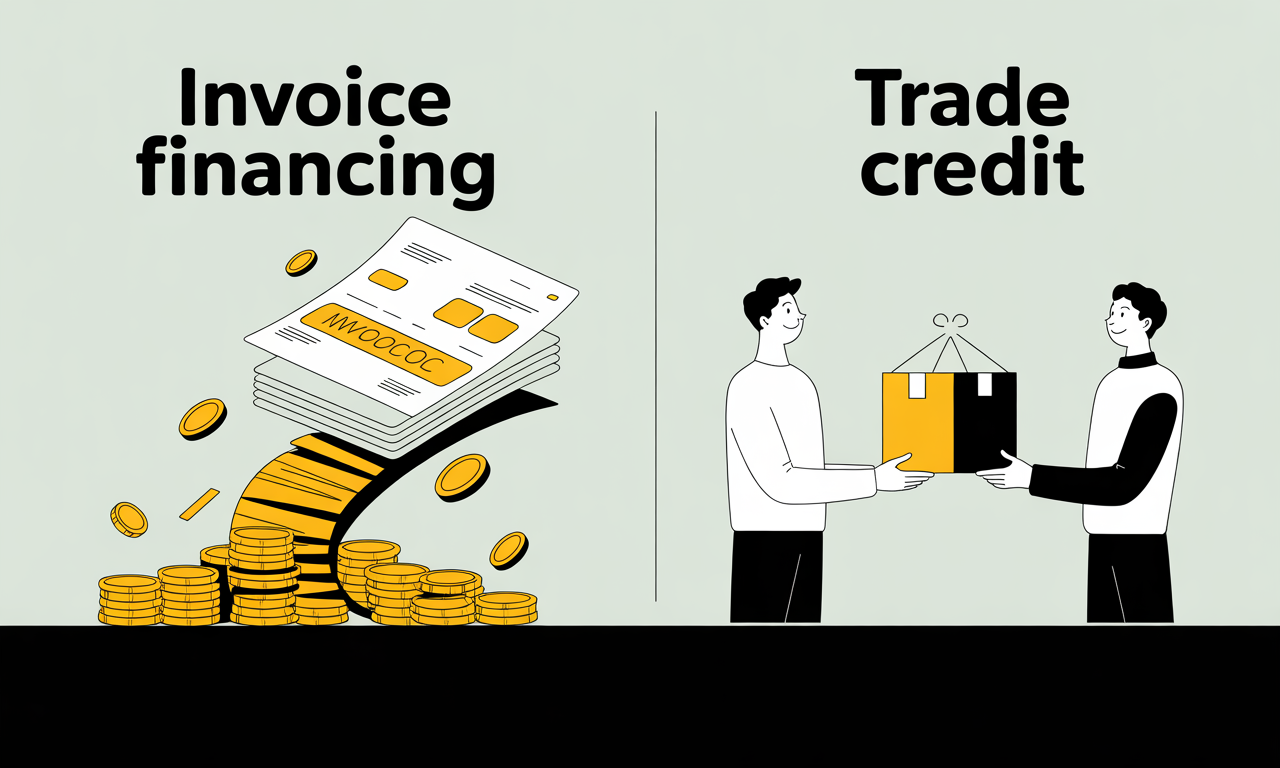
How Young Businesses can Use Advertising for Generating Sales in 2024
Wed Apr 05 2023
4 min read
In an online realm saturated with brands vying for consumer attention, standing out has become the ultimate challenge. As the digital landscape continues to expand, the sheer volume of advertisements can overwhelm both businesses and consumers alike. Amidst this cacophony, the key to capturing and retaining audience interest lies not only in the strategic allocation of resources but also in the creation of compelling and effective creatives.
We spoke to Navin Madhavan, VP - Revenue & Operations, Demand Platforms at InMobi, on how young businesses like Furlenco, Chumbak, can break the clutter and boost their sales by investing in paid advertising. Here's what he had to say -
In my last 10 years of experience of working in the digital marketing ecosystem, I’ve learnt that businesses with exceptional products can sustain on organic traffic and referrals due to the merit of their product. However, to gain wider exposure, augment sales and unlock their true potential, it is imperative for a brand like Pernia’s, Bluesmart, or Third Wave to allocate resources towards paid advertising. In fact, I firmly believe that "While great products can survive on organic traffic, they can thrive with advertising." A measured, targeted approach to digital advertising can offer a range of benefits to these businesses such as building brand awareness, establishing credibility, and creating recall, all of which can lead to predictable growth.
This is especially true in a market like India where most shoppers are starting their journey on digital media and the number only keeps increasing every year. According to recent statistics for January 2020, 4.54 billion people are active internet users, with rural users growing faster than urban users. Looking beyond the usage, the more promising numbers are that they discover sales and offers mostly on their smartphones and complete purchases on their mobile devices. There is no more a compelling reason for brands like Furlenco, Bluesmart, to start spending digitally to help turbocharge their growth aspirations.

Across mature and young brands, InMobi works with over 15,000 brands globally, while even larger platforms like Google and Facebook boast of numbers in the millions with a broader set of categories across B2B, B2C, and SMBs being addressed through their platforms. Clearly, digital advertising works for many brands, so if you aren’t investing already, you should ask yourselves as to what is standing in your way.
In case you’re wondering where to start or how to go about advertising digitally, I recommend a three-pronged approach combining user data, affinity levers, and eye-catching visuals. Here’s how brands can get paid ads right -
Leveraging first-party data heavily - For starters, it’s important for a brand like Chumbak or Third Wave to understand its own users and then try and look for users similar to those who have interacted or transacted with the brand. This can be done by building a first-party data asset i.e. data compiled from the company’s own sources. Next, the brand can leverage this data to improve targeting precision and reduce ad waste, map the customer journey, and ultimately reduce attrition and increase ROI.
Using different types of levers to identify target audiences - Now that the brand have an idea of who their users may be and their demographic, the next step is to go beyond that and identify different levers - content, brand, and affinity, through which brands can reach out to audiences that may be of interest. This can ensure that the brand advertises on relevant websites, apps, YouTube channels, and engages with content where these users spend a lot of time.
Utilising interesting and engaging creatives - When investing in paid advertising, it's imperative that brands like Bluesmart deploy interesting and eye-catching creatives. Videos that showcase the product or user-led testimonials could be the way to go. Influencer-led creatives are another way to stand out. This will work best if the brand can identify and collaborate with influencers that have the highest engagement with your target audience.
It's important to remember however, that measuring paid advertising is critical for any brand that wants to run effective ad campaigns. Evaluating key metrics such as clicks, impressions, and conversions will enable the brand to take data-driven decisions and increase their Return on Ad Spends (RoAS).
Here are a few suggestions from my experience in advertising on how to correctly measure paid ads -
The first step to measure effectively is to have benchmarks in place on what the brand’s organic traffic and sales are before starting with paid advertising. These baseline metrics can help you evaluate the impact of your paid advertising campaigns more accurately. Additionally, having these benchmarks in place before starting can help you set realistic goals for your campaigns.
Investing in full-fledged marketing attribution and analytics tools like Appsflyer, Branch, Google Analytics, Adobe Analytics, and Amplitude can help achieve some or all parts of this. Brands must try and attribute everything, even things as simple as creating unique coupon codes for different channels, which is a low-cost mode of experimentation and attribution.
Lastly, it’s critical for brands like Furlenco and Berrylush to keep tabs on some key metrics which can reveal insights based on which brands and marketers can amplify efforts that reap the most benefits and optimise the ones that are falling behind. If a brand has high Click Through Rates (CTR) on creatives, their creative hygiene and relevance of ads to users who are seeing them are on point. High Bounce Rates indicate that targeting of ads needs to be improved, and the medium of advertising is not working because users are either accidentally clicking on the creatives or looking for something else when they visit your website. Another important metric is Conversion Rate and how much less it is than organic traffic. If the conversion rate from paid traffic shows large gaps compared to organic traffic, brands should relook at their paid advertising strategy across the channels on which you are spending, creatives you are using, and your own website/app not being as friendly to new users.








